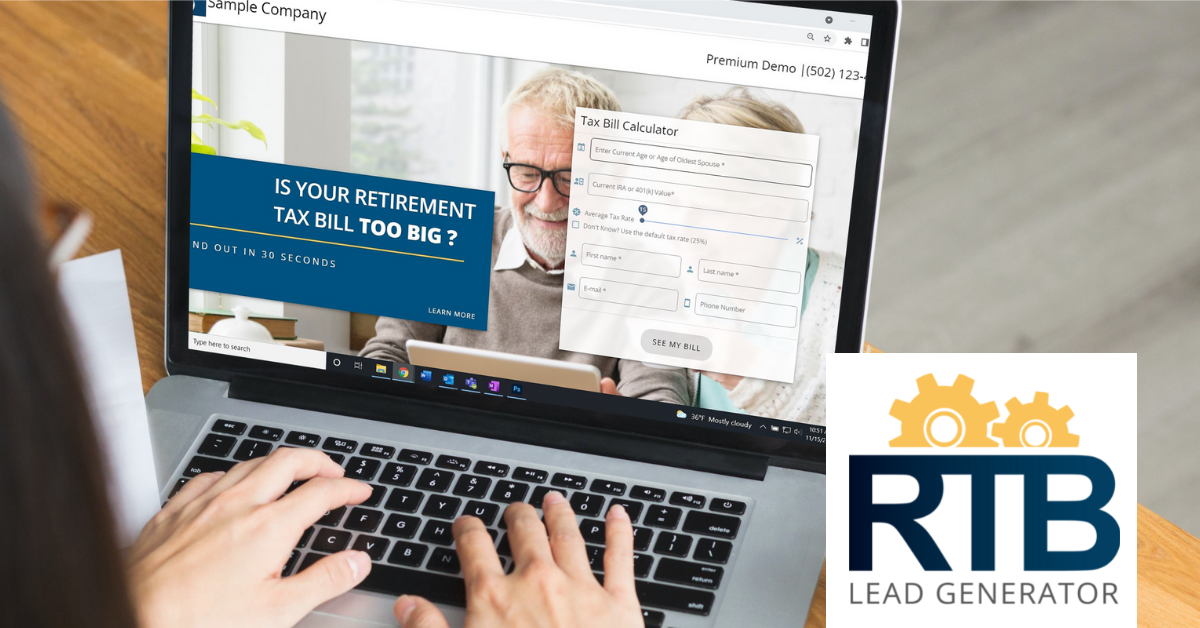One Powerful Way to Transform Your Risk Tolerance Questionnaire

Did you find this article by googling “risk tolerance questionnaire”?
If so, you were probably also greeted with dozens of links to download sample questionnaires.
There are good risk tolerance questionnaires and less effective ones, but almost all the questionnaires I googled before writing this post had one glaring problem:
They offered an incomplete assessment of your client’s risk tolerance.
Let’s take a step back.
A risk tolerance questionnaire is a series of questions to determine how aggressive or conservative your client prefers to be with his or her assets.
A client with high-risk tolerance may not mind wild swings in the market; She knows she can make money when the market is up and is willing to take the risk of losses when the market is down.
A client with low-risk tolerance can’t stomach the thought of losing money in a market crash and may prefer to have more of his assets in predictable fixed-income instruments, like CDs.
There are no ‘right’ or ‘wrong’ answers on a risk tolerance questionnaire - it’s up to the client to honestly answer their investment and saving preferences. The results will be different for each client, as no two people are entirely alike when it comes to risk tolerance.
So, why do I say that most risk tolerance questionnaires on the market are incomplete?
Having reviewed dozens and dozens of risk tolerance questionnaires, I’ve noticed a disturbing trend. Almost all of them leave out one critical area of risk tolerance:
TAXES.
Why Tax Risk Matters to YOUR Clients
Taxes are, in my opinion, one of the largest, least understood retirement risks facing American savers today.
Why?
Many savers have all or the majority of their retirement assets in tax-deferred vehicles: 401(k)s, IRAs, 403(b)s. When saving in a tax-deferred vehicle, your client is making a bet that her future taxes will be lower than what they are today. After all, that’s the benefit of deferring taxes to retirement: the hope that your client will be in a lower bracket (and owe less to the IRS) than if she had paid those taxes while working.
But will her taxes be lower in the future than they are today? And equally important: Is she comfortable with the risk that her taxes will be different than planned?
The Case for Rising Taxes
First, let’s look at the U.S.’s current tax environment and determine if the risk of rising taxes is real.
Today’s tax bracket rates are at artificially low levels, thanks to the 2017 Federal Tax Reform, sometimes called the Trump Tax Cuts. These cuts reduced tax bracket rates for millions of American savers. However, those cuts expire in 2025.
This means in 2026, our tax bracket rates are reverting to the older, higher rates.
Couple this with a runaway federal debt that has climbed to more than $31 trillion and a Congress eager to debate trillions of dollars in new tax and spending priorities, and the picture becomes clear:
The risk of rising taxes is real.
It’s not just the ultra-wealthy who need to prepare. Despite what politicians sometimes say, it’s likely that broad-based tax hikes will be necessary to have a meaningful budgetary impact.
Middle and upper-middle-income Americans, in particular, are poised to bear the burden of rising taxes; after all, nearly 80% of all U.S. income tax revenue comes from people making $100,000 a year and up. That means if Congress wants to generate significant revenue for the federal government, they need to pass taxes that impact a significant number of Americans.
If this sounds like your clients, they need to be prepared. But it’s hard to uncover and address this risk if you haven’t assessed it through your risk tolerance questionnaire.
But Wait, There’s More!
While tax brackets are the most common way Americans think about their taxes changing in retirement, they’re not the only way.
After all, the tax code is written in pencil, and Congress wields a gigantic eraser. So, we also have to consider which of our client’s assets will be taxed, how they’ll be taxed, and when they’ll be taxed.
Take Social Security, for example.
Today, your client’s Social Security income is taxable up to 85% of that benefit. But it wasn’t always that way. Social Security only became taxable when Congress passed new regulations in the 1980s, and it only became taxable up to 85% when Congress passed more regulations in the 1990s. Congress could easily pass new regulations and make Social Security income taxable up to 100% of the benefit.
That wouldn’t change your client’s tax bracket, but it would sure leave them paying more in taxes.
When it comes to tax risk, we have to consider the total tax burden on our clients - and their tolerance for that burden being larger than expected.
The Risk is Real
So, why should taxes be part of your risk tolerance questionnaire?
Tax risk isn’t about predicting your client’s future taxes. Unless you have a magic ball, you will unlikely do it successfully. But it is about preparing your client for the possibility of changing taxes in the future and making sure their retirement approach isn’t overexposed to tax risk.
For many savers, this means diversifying the tax status of their retirement assets to include some tax-free vehicles. Just like your client (hopefully!) doesn’t have 100% of his IRA invested in Apple stock, you may want to ensure he doesn’t have 100% of his retirement assets in tax-deferred vehicles, either - vehicles that fully expose him to the risk of rising taxes in retirement.
Why Your Risk Tolerance Questionnaire Needs to Change
The vast majority of risk tolerance questionnaires fail to measure tax risk tolerance, as well as client attitudes around future rates and taxes in general.
And that means most risk tolerance questionnaires fail to help you address one of the biggest areas of retirement risk mitigation.
Thankfully, it’s easy to incorporate taxes into your risk tolerance questionnaire. Here are some sample questions to get you started:
-
How would you best define your feelings about your current tax liability?
-
How well do you feel you understand your current tax liability?
-
How much are you concerned about your taxes being different in retirement than planned?
-
How would you feel if your taxes were higher in retirement than planned? If they were the same? If they were lower?
Updating Your Risk Tolerance Questionnaire
Maybe you already use a client risk tolerance questionnaire. Maybe you’re looking for a new or improved one. Regardless of the goal that led you to this article, here is my best piece of advice:
Your risk tolerance questionnaire is only complete if it includes a measurement of client attitudes toward the risk of changing taxes.
So, whatever questionnaire you choose, make sure you’re measuring tax risk tolerance. Your client’s wallets will thank you in the future.
(And if you want to incorporate taxes into your retirement planning process, check out Stonewood’s Retirement Tax Bill analysis software. It’s a great way to quantify your client’s potential taxes and make sure they’re comfortable with the size of that bill.)



